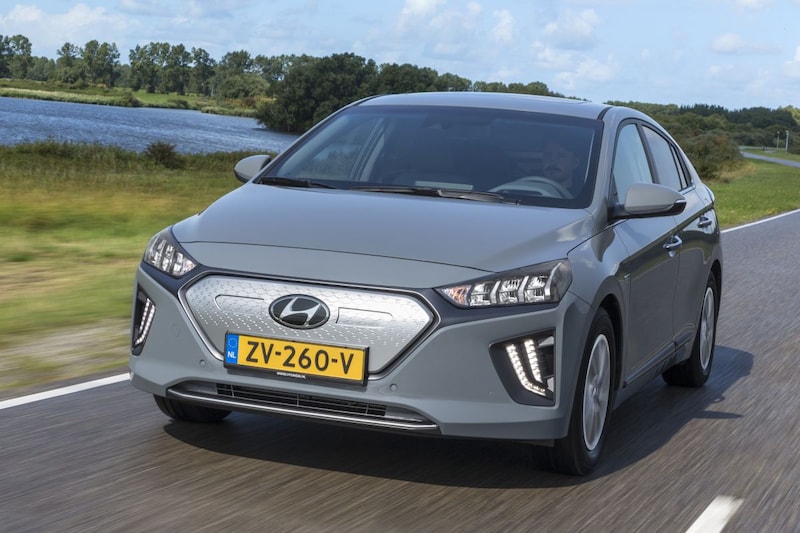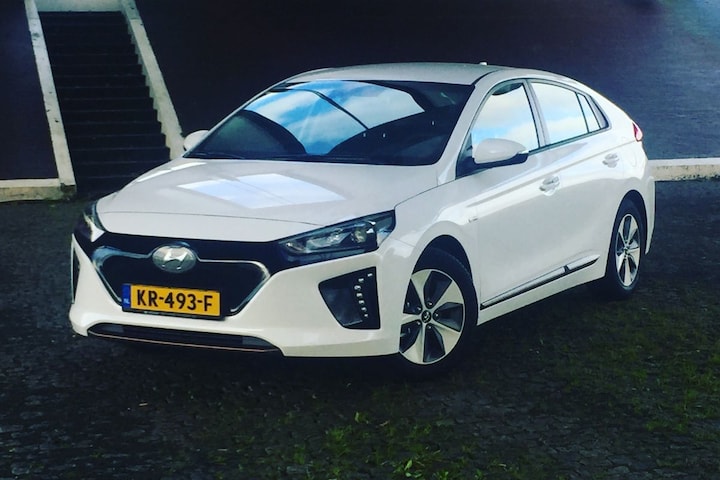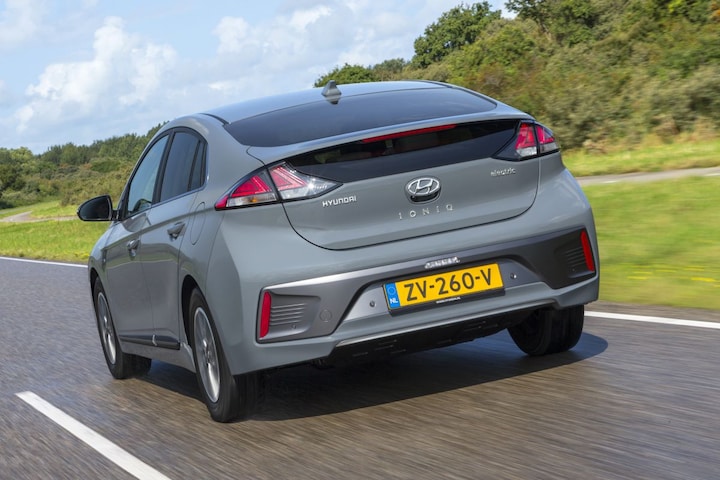‘I always achieve the WLTP range at summer temperatures’

The first Hyundai Ioniq was quite special. One model that you could purchase as a hybrid, plug-in hybrid or fully electric was still relatively rare in 2016. It is now a bit older, and a used Ioniq Electric, especially including the SEPP subsidy, is quite attractively priced. In this article we discover the status of its range.
It is important to know that not every Hyundai Ioniq Electric is the same. The ‘original variant’ was equipped with a 28 kWh net (30.5 gross) battery pack, which grew to a net 38.3 kWh (40.4 gross) capacity after a facelift in 2019. Striking: the fast charging capacity fell from a maximum of 70 to a modest 44 kW. Mileage eaters must be well aware of this!

That’s how far you can get with 28.5 kWh
We’ll start with the small battery pack, the version that our users have written the most reviews about. The picture immediately emerges of a fairly economical EV, because on average drivers achieve a consumption of 13.4 kWh/100 km. Due to the modest battery pack, this does not provide a huge driving range, but with an average of 213 kilometers, most riders get where they need to go.
Various drivers indicate their average consumption. “In the summer about 11.5 kWh/100 km, at temperatures below zero this is around 15 kWh/100 km,” writes an owner about his used Ioniq from 2018. This equates to a range between 190 and 248 kilometers . Not unique, as it turns out, because another rider even goes a little further. “Average consumption in summer 11 kWh/100 km and winter 13.5 kWh per 100 km,” someone writes after more than 50,000 kilometers. That represents 259 and 211 kilometers of range respectively.

More battery, less consumption
The variant with the 38.3 kWh battery pack is also proving to be an economy miracle, with an average consumption of 13.3 kWh/100 km. Slightly lower than that of its predecessor, but to be honest we have slightly less data. This may distort the image slightly, but the difference between the two cars will never be large.
This does not apply to the range, because the almost 10 kWh larger capacity results in a significant gain in the number of kilometers that can be traveled. On average, the updated Ioniq Electric travels 288 kilometers, 35 percent further than the previous version. But there is more in store. “The WLTP range is 311 km and I always easily achieve that in summer temperatures,” writes the driver of a 2020 Ioniq Electric, “Also regularly more …” The associated consumption? “Over all 30,000 km I now have an average consumption of 11.4 kWh/100 km, with very little city driving and mainly a lot of provincial and highway driving (100 km/h).”
Another driver not only reports the consumption of the car, but also of the charging station. Quite relevant, because you have to pay for every kWh. “In the month of April I covered 2,833 kilometers. The energy consumed from the charging station was 497 kW. Converted, I arrive at a consumption of 17.5 kWh/100 km. The car’s display shows 14 kWh/100 km.” Slow home charging, at 3 kW, apparently results in a significant charging loss of 25 percent.
– Thanks for information from Autoweek.nl